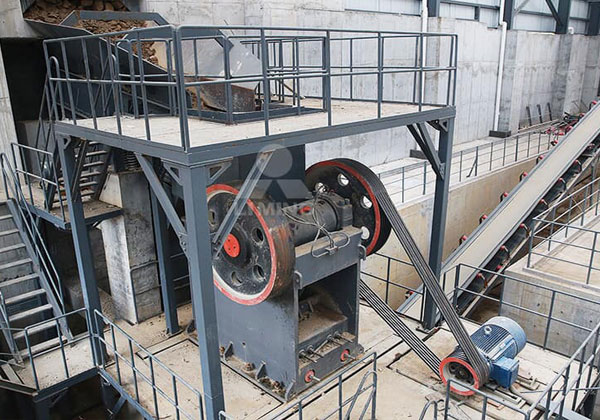In the construction and mining industries, aggregate materials such as gravel, sand, and crushed stone are fundamental components used in concrete, asphalt, road base, and other infrastructure projects. One critical step in the production of aggregate is primary crushing, the first stage of material size reduction. Understanding the specifications for primary crushing sizes is essential for achieving quality output, ensuring efficient processing, and meeting industry standards.

What Is Primary Crushing?
Primary crushing refers to the initial phase of breaking down large rocks extracted from quarries or mines into smaller, manageable pieces. This process is typically performed by heavy-duty machines such as:
-
Jaw crushers
-
Gyratory crushers
-
Impact crushers (less common for primary use)
These machines are designed to handle large feed sizes and high capacities.
Importance of Primary Crushing Size Specifications
Size specifications for primary crushing define the maximum feed size and desired output size of aggregate material. These parameters affect:
-
Crusher selection
-
Production capacity
-
Downstream crushing and screening efficiency
-
Compliance with industry standards (ASTM, AASHTO, EN, etc.)
Key Size Specifications
1. Maximum Feed Size
This refers to the largest size of material that can be fed into the primary crusher without causing damage or blockages. Typical values are:
-
Jaw crushers: Up to 1,000 – 1,500 mm (40 – 60 inches)
-
Gyratory crushers: Up to 2,000 mm (80 inches)
Feed size must be consistent with the crusher’s design and intake dimensions.
2. Output Size (Product Size)
The crushed material’s size after primary crushing depends on crusher type, settings (such as closed-side setting or CSS), and rock hardness. Typical output ranges are:
| Crusher Type | Typical Output Size |
|---|---|
| Jaw Crusher | 100 – 300 mm |
| Gyratory Crusher | 150 – 400 mm |
| Impact Crusher | 100 – 250 mm |
The output from primary crushing often feeds directly into secondary crushers for further reduction.
Industry Standards for Aggregate Size
The size of aggregate after primary crushing must align with the requirements of specific construction uses. For example:
-
Base course (road foundations): 25 mm – 75 mm
-
Concrete aggregate: 10 mm – 40 mm
-
Rail ballast: 40 mm – 75 mm
Factors Affecting Primary Crushing Size
-
Rock Type & Hardness
Harder materials may yield coarser output unless specific crushers are used. -
Crusher Settings
The CSS (closed-side setting) on jaw and gyratory crushers determines the minimum product size. -
Moisture Content & Fines
Excess fines or moisture can clog the crusher and reduce effective capacity. -
Feeding Method
Uniform feeding ensures consistent output size and reduces crusher wear.
Primary crushing is a crucial step in aggregate production, setting the stage for all subsequent processing. Knowing the correct size specifications—both for input and output—is key to selecting the right equipment, achieving efficient operation, and meeting end-use requirements. Proper understanding of these parameters not only ensures a smoother operation but also contributes to the overall quality and consistency of construction materials.
